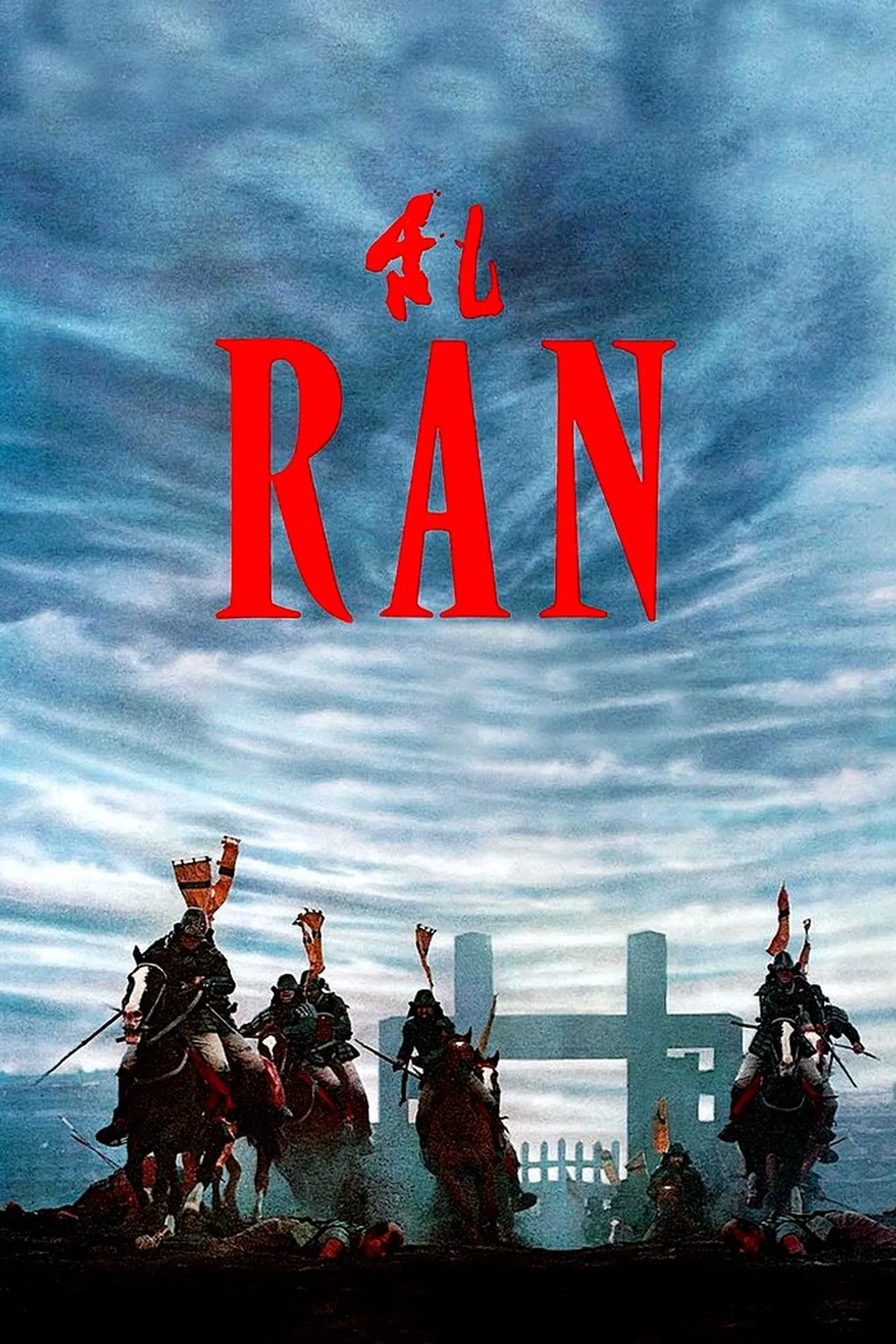
Ran
1985
Reviewed on: Jun 30, 2025
Review
Akira Kurosawa's Ran is an epic in every sense of the word. It is massive in its thematic scope, character depth, world-building, and budget (it was the most expensive film made in Japan in its time). A retelling of Shakespeare's King Lear, Ran concerns an aging Sengoku-period warlord, Hidetora Ichimonji, who decides to divide his kingdom between his three sons. Yet egos clash as each son attempts to gain absolute control in this dramatic and riveting examination of the hunger for power. Despite being an adaptation of existing work, Ran deserves praise for its themes which, while not originating with the film, are articulated with nuance and weight making for a very emotionally compelling watch. Ran instructs that violence always begets violence—just as a kingdom built on the eradication of its enemies will fall into a conquered ruin, sons raised on violence will someday lose their lives in it as well.
And in no character is this core message more apparent than in our own warlord Hidetora himself. Before (and indeed causing) his eventual descent into madness, Hidetora is forced to confront individuals who have suffered firsthand from his violent conquests. In the most emotionally striking moment in the entire film, he is hosted by a young man whose family was slaughtered and whose eyes were gouged out by Hidetora's soldiers. Yet this young man refuses to disrespect his guests for fear of the violence our protagonist is so well-known for. Reeling at the horror of such events and the injustice of his own lack of punishment, Hidetora begins to lose his mind and in doing so, manifests the very punishment he believed had not come to him. Fittingly, the kingdom of this violent man meets a violent end as Hidetora's insanity in some form or fashion results in the deaths of himself, his family, and his legacy.
But Ran also excels in its own originality separate from its Shakespearean influence. The effect the film's budget had on its production quality was incredibly obvious. In true Spiderman: Into the Spiderverse fashion, there is not a single ugly frame in the entire film with many that would genuinely do well as framed art (Hidetora walking out of the burning castle is absolutely gorgeous). The shot choices are intentional and are a testament to the degree of esteem and influence that Kurosawa had at this point in his career. He was uncompromising in his vision, refusing to concede a single artistic choice to the affiliated production companies—a fun fact that makes the film all the more impressive in its artistic control. Ran is a necessary experience for all self-respective movie buffs and one that earns its reputation as a movie that makes film-lovers fall in love with film again. It has easily become my favorite of Kurosawa's works.